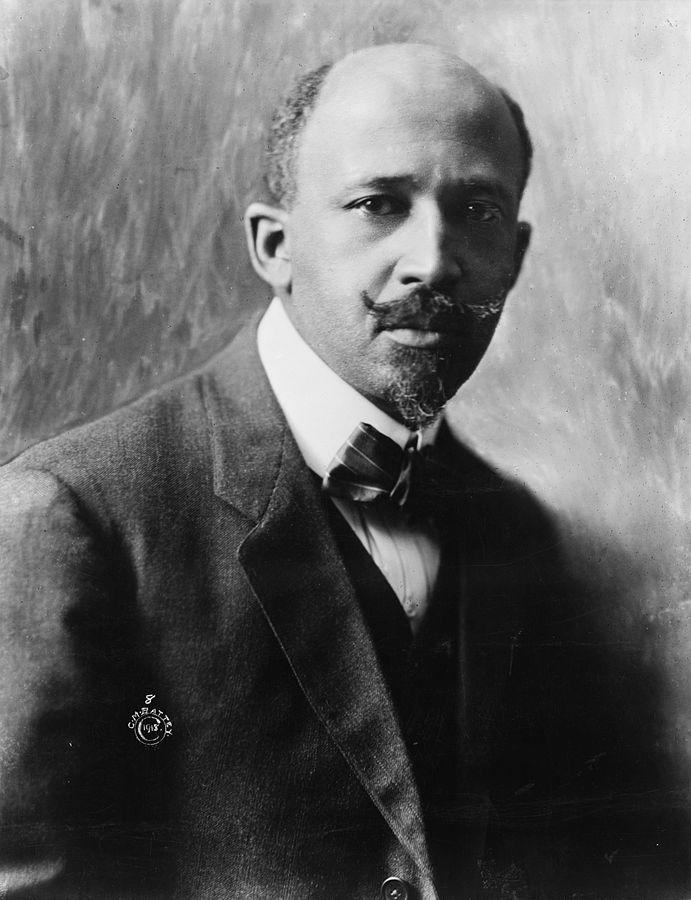Beyond the Whiteness of Whiteness: Memoir of a White Mother of Black Sons [Twentieth Anniversary Edition]Posted in Autobiography, Books, Family/Parenting, Media Archive, Monographs, United States on 2016-03-25 13:59Z by Steven |
Duke University Press
2016
184 pages
Cloth ISBN: 978-0-8223-6147-3
Paperback ISBN: 978-0-8223-6166-4
“I am Black,” Jane Lazarre’s son tells her. “I have a Jewish mother, but I am not ‘biracial.’ That term is meaningless to me.” In this moving memoir, Jane Lazarre, the white Jewish mother of now adult Black sons, offers a powerful meditation on motherhood and racism in America as she tells the story of how she came to understand the experiences of her African American husband, their growing sons, and their extended family. Recounting her education, as a wife, mother, and scholar-teacher, into the realities of African American life, Lazarre shows how although racism and white privilege lie at the heart of American history and culture, any of us can comprehend the experience of another through empathy and learning.
This Twentieth Anniversary Edition features a new preface, in which Lazarre’s elegy for Mother Emanuel AME in Charleston, South Carolina, Michael Brown, Eric Garner, and so many others, reminds us of the continued resonance of race in American life. As #BlackLivesMatter gains momentum, Beyond the Whiteness of Whiteness is more urgent and essential than ever.




